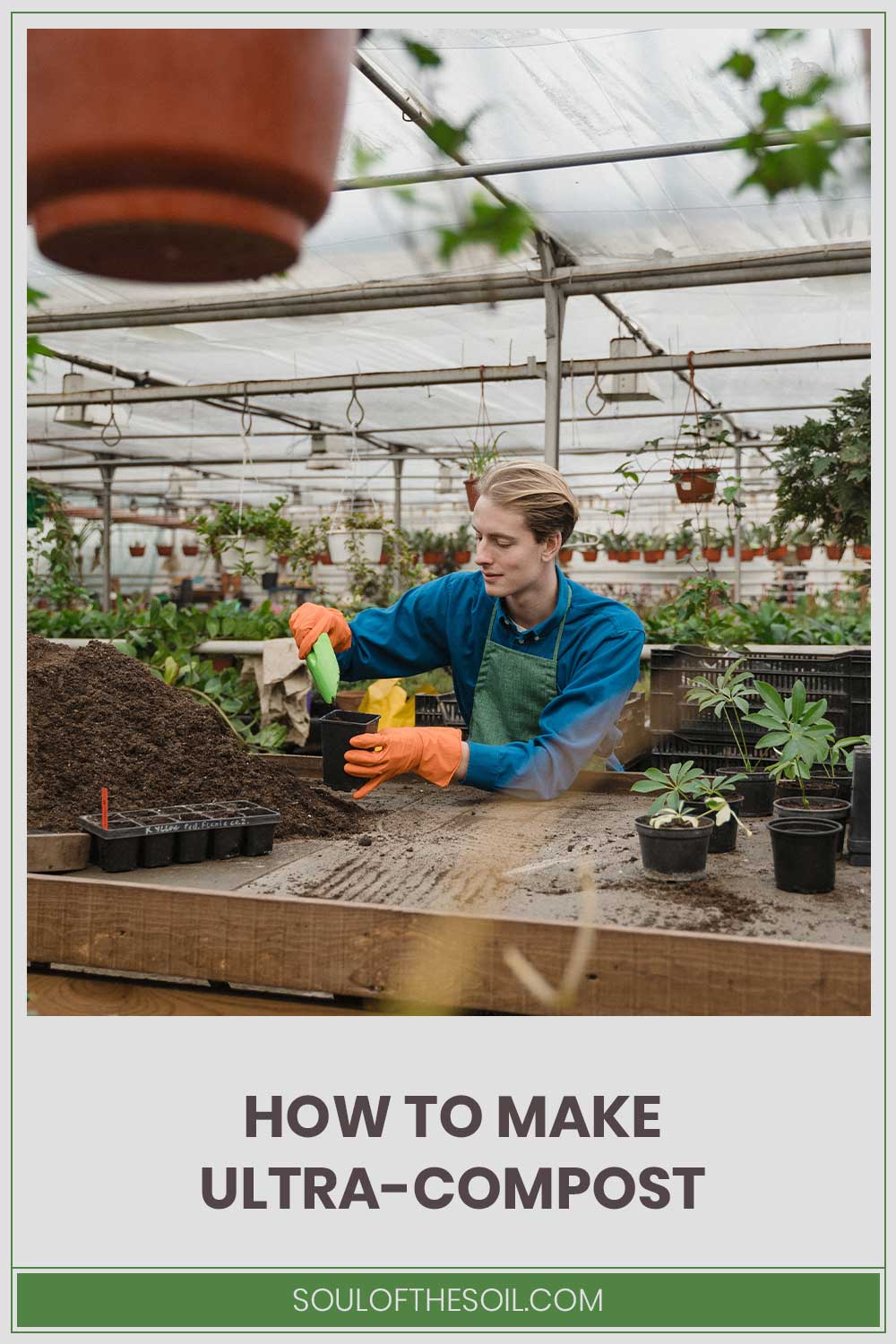How to Make Ultra-Compost
We may earn commissions for purchases made through links on our site. Learn more on our about us page.
You have heard of compost, but now comes the mixtures that make for super compost dirt. One such compost type will be that of ultra-compost, which involves mixing in some volcanic ash, which will have many of nature’s most basic yet essential elements and nutrients within.
The recipe is like the one you would find in a cookbook, take two buckets of ash for every one bucket of super compost and mix the two earthen dirt types together until the ash is completely worked into the soil.
This is the simplified version of the procedure we will be covering in this article.

What Do You Need to Make One?
The very first step will be to build a successful compost heap, one that has gestated and been worked on for years until the soil is a rich dark color. This will mean having a bin or box in order to mix the soil and protect it from invading wildlife.
Next, after a few years, you can take some of the super compost that was created during that time and mix it in the volcanic ash. Tools needed will be a large container, wheelbarrow work, two-gallon buckets (hardware store varieties work), and a shovel.
Do You Need Any Specific Tools for It?
As mentioned earlier in the article, there is a manual way with shovels and a wheelbarrow, but with today’s innovations, a gardener can select from specifically created power tools and machinery that can mix the soil for you.
For instance, the power compost mixer is a raw material mixing machine that can take your super compost and easily mix the volcano’s ash into it.
No need for the manual labor approach if you can budget one of these fine devices into your finances, but on the affordable end, using a hardware bucket and a gardener fork can make smaller batches of ultra-compost just the same.
How Long Does it Take to Make Ultra-Compost?
The natural process of making volcanic ash can take an indefinite amount of time. Creating super compost takes years in most cases, but once you pass these two processes, it takes no time to make ultra-compost.
To really allow the healthy microbial to get to work and worms to digest some of the volcanic ash, both cooperatively moving the compost into a healthier environment, will take about two weeks.
Think of it as an upgrade to your super compost, introducing more nutrients from the elemental source of creation on earth for soils and having those basic building blocks of life worked into the garden dirt.
When is the Best Time to Make it?
There is no natural rule that does not allow someone to compost all year round, but the general best time of year would be around the end of fall, before the first snows to work in some of the items that take longer to break down.
This will allow the heap to work on the larger composting materials over the winter to be used in the spring.
This leads us to the next best time, arguably just as beneficial as fall, melting snow time in spring. New composting heaps will then have the summer to stay dry and create strong cultures of beneficial bacteria and microbes.
Common Mistakes You Need to Avoid:
- Allowing moisture into the heap – The natural enemy of healthy compost bacteria will be molds that form in dark and wet environments. This can be avoided by using worms and other dirt-turning insects to work the dirt for you.
- Thinking you need fancy equipment – Yes, it is true having a compost mixer would make life easier, but having simple gardeners’ tools will be enough to work for the heap.
- Adding too much ash can suffocate the pile by creating a seal from oxygen, slowly working ash into the heap to maintain an aerobic environment.
Final Thoughts on How to Make Ultra-Compost
Aerobic compost needs to be tended to with care and daily dedication to ensure that only the right microbes can grow cultures.
Keep in mind that once you have a good compost going, consider creating worm bins, which can utilize the power of nature’s earthworms for the good of things that grow.
There are many ways to make compost, but when you have the chance to use elemental building blocks from the earth’s own source of recycled metals and minerals, use it wisely and slowly work the material in.
Building a good compost heap takes time and patience but also using quality sources of bio-organic materials to introduce nutrients into the soil.



Leave a Reply
You must be logged in to post a comment.